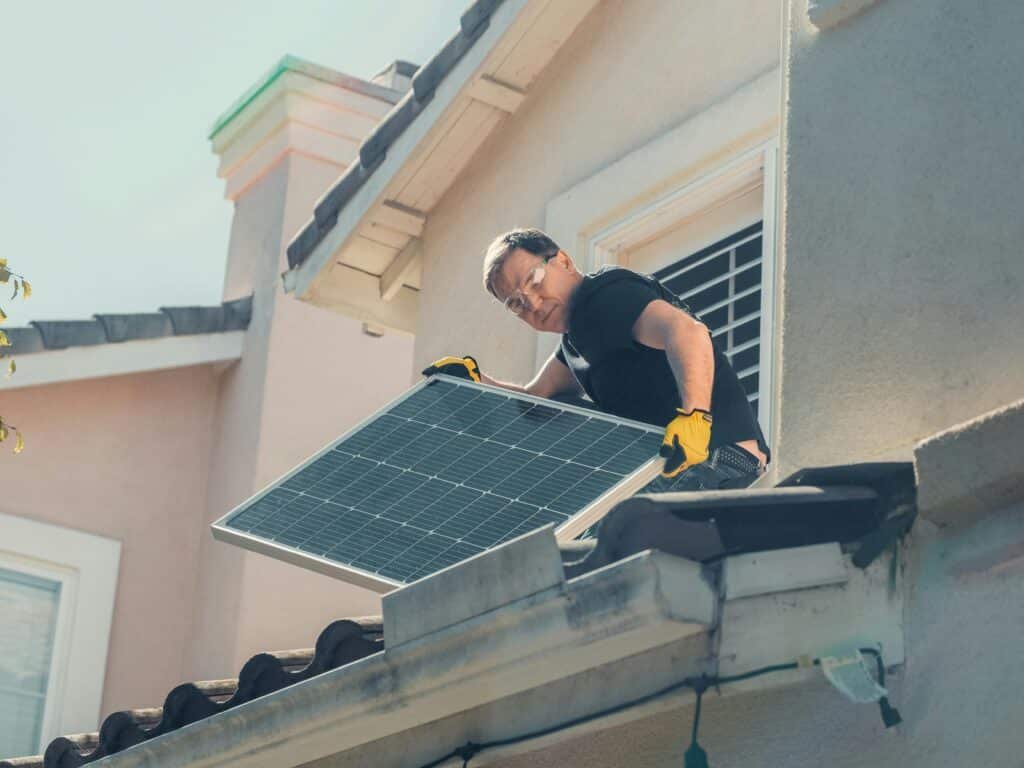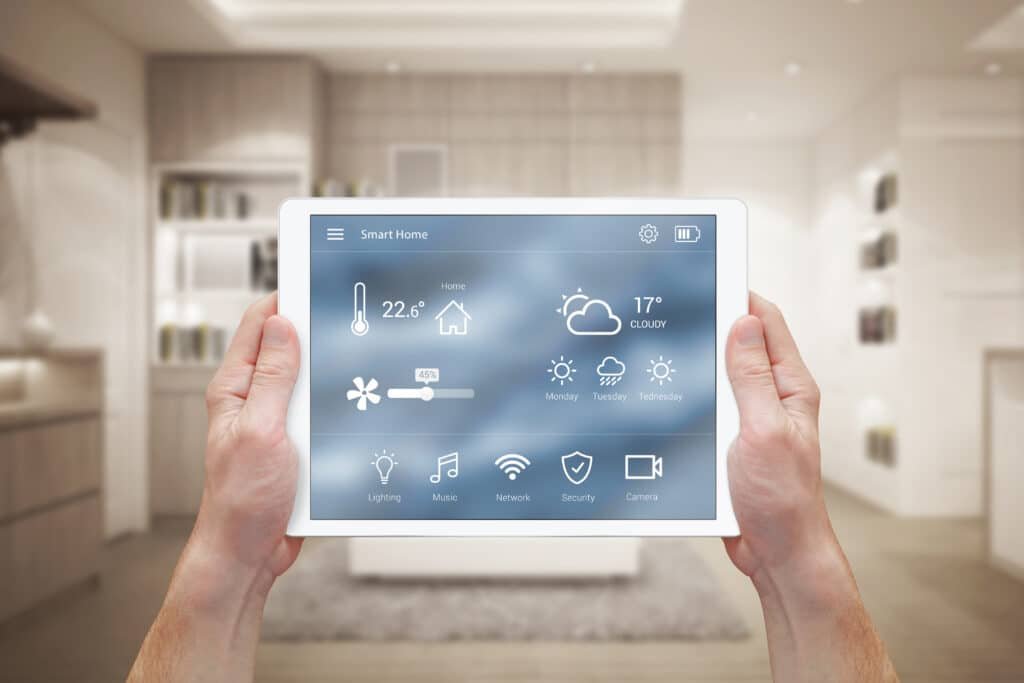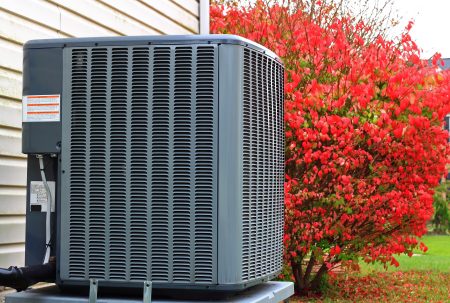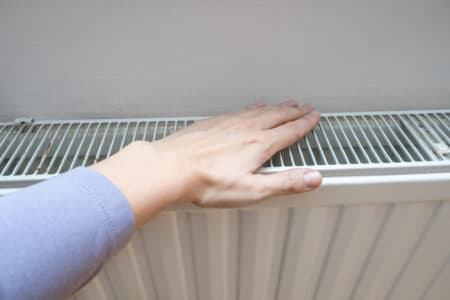Embracing a carbon-free home is no longer a fleeting trend but a lifestyle choice for those looking to positively impact the planet without sacrificing the coziness of their living spaces. This concept transcends the traditional notion of eco-friendly living, offering a blend of sustainability and comfort that appeals to the modern homeowner.
The Dream of a Carbon-Free Home: More Than Just a Trend
The dream of a carbon-free home is rooted in the desire to live harmoniously with our environment. It’s about creating spaces that not only shelter us but also nurture the world outside our doors. This aspiration goes beyond being fashionable; it represents a commitment to a sustainable future.

What Does Zero Emissions Really Mean for You?
Zero emissions mean living in a way that doesn’t contribute to greenhouse gases in the atmosphere. For homeowners, it translates to adopting practices and technologies that reduce energy consumption and rely on renewable sources, creating a household that’s part of the climate solution, not the problem.
What Does Zero Emissions Really Mean for You?
Starting With the Basics: Insulation and Energy Efficiency
Good insulation is the bedrock of energy efficiency in any home. It keeps the warmth in during winter and out during summer, reducing the need for heating and cooling. This simple measure can significantly decrease a home’s carbon footprint.
Solar Power: Your Home’s Best Friend for Zero Emissions
Solar power is arguably the most accessible form of renewable energy for homeowners. Installing solar panels can drastically reduce your reliance on grid electricity, moving you closer to achieving a zero-emission home.
Geothermal Heating and Cooling: Earth’s Gift to Comfort
Geothermal systems utilize the stable temperatures underground to heat and cool your home more efficiently than traditional methods. This technology provides unparalleled comfort with minimal environmental impact.
Rethinking Energy Consumption
The Shift to LED: Lighting That Saves More Than Just Money
LED lighting is a game-changer for reducing energy consumption. These bulbs last longer and use a fraction of the energy of incandescent lights, offering a bright way to save the planet—and your pennies.
Energy Star Appliances: A Must for the Eco-Conscious Homeowner
Choosing appliances with the Energy Star label ensures you’re selecting products designed for maximum efficiency. These devices use less electricity and water, cutting down your bills and your carbon emissions.
Smart Thermostats: The Genius Way to Control Your Climate
Smart thermostats learn your habits and adjust your home’s temperature accordingly, ensuring comfort without wastefulness. They’re a wise investment for anyone looking to reduce their environmental footprint.

Water Conservation Tactics
Low-Flow Fixtures: Saving Water Without Sacrifice
Low-flow fixtures dramatically reduce water usage without compromising performance. Installing these in showers, taps, and toilets can conserve precious resources and lower utility bills.
Rainwater Harvesting: Nature’s Contribution to Your Home
Collecting rainwater for gardening, toilet flushing, or even laundry can significantly reduce your household’s demand for treated water, making your home more self-sufficient and less taxing on municipal systems.
Greywater Systems: Recycling Water for a Greener Lawn
Greywater recycling takes water from showers and sinks and reuses it for landscaping needs. This system counts every drop twice, promoting a lush garden without extra water consumption.
Building Materials and Furnishings
Sustainable Building Materials: Good for the Earth, Good for You
Opting for sustainable building materials like bamboo, recycled steel, or reclaimed wood minimizes environmental impact and adds unique character and warmth to your home.
The Beauty of Recycled and Upcycled Furniture
Recycled and upcycled furniture pieces don’t just tell a story; they also prevent waste from reaching landfills. They’re a stylish and responsible choice for furnishing a carbon-free home.
Non-Toxic Paints and Finishes: Breathe Easy in Your Home
Using non-toxic paints and finishes helps maintain indoor air quality, ensuring that your home remains a safe haven free from harmful chemicals.

Renewable Energy Integration
Wind Turbines: Harnessing the Breeze for Your Benefit
For homes in windy locales, small wind turbines can complement solar panels, offering another avenue to generate clean energy and move towards zero emissions.
Battery Storage: Keeping the Lights On, Emission-Free
Battery storage systems allow you to store excess energy generated from renewable sources, ensuring a constant supply of green power, even when the sun isn’t shining or the wind isn’t blowing.
The Future Is Now: Innovations in Home Energy Solutions
Emerging technologies in energy storage and generation promise to make zero-emission homes more achievable and affordable, paving the way for widespread adoption.
Living the Zero-Emission Lifestyle
Everyday Habits That Contribute to a Carbon-Free Home
Simple habits like turning off lights when not in use, reducing waste, and choosing eco-friendly products can significantly contribute to maintaining a carbon-free home.
Composting: Turning Waste into Resource
Composting organic waste reduces methane emissions from landfills and provides nutrient-rich soil for your garden, closing the loop on food consumption and waste.
The Role of Electric Vehicles in Your Zero Emission Strategy
Incorporating electric vehicles (EVs) into your lifestyle complements your carbon-free home efforts, reducing emissions from transportation, one of the largest sources of pollution.
Technological Advancements for Home Comfort
Smart Home Devices That Reduce Your Carbon Footprint
From automated lights to energy-monitoring plugs, smart home devices offer convenience while helping you live more sustainably, making eco-friendly living a no-brainer.
Heating and Cooling Innovations for Year-Round Comfort
Advances in HVAC technologies mean that keeping your home comfortable throughout the year no longer requires a hefty carbon footprint. Options like air source heat pumps offer efficient heating and cooling with minimal environmental impact.
Implementing Zero Emissions Without Compromising Comfort
Insulation Techniques That Keep You Warm Without Warming the Planet
Innovative insulation techniques, from spray foam to thermal wraps, ensure your home remains a cozy refuge without excessive energy use.
Natural Lighting and Ventilation: Designing with Nature in Mind
Maximizing natural light and ventilation not only reduces the need for artificial lighting and air conditioning but also connects you more closely with the natural world outside your windows.
Financial Incentives and Benefits
Tax Credits and Rebates for Going Green
Government incentives for renewable energy and energy-efficient appliances make transitioning to a carbon-free home more accessible and economically viable.
Long-Term Savings of a Zero-Emission Home
The initial investment in a carbon-free home pays dividends in reduced utility bills and maintenance costs, proving that sustainability is both an ecological and financial win.

Community and Global Impact
How Your Carbon-Free Home Contributes to a Greener Planet
Every step towards a carbon-free home sends ripples through the community, inspiring others and contributing to a collective effort against climate change.
Joining Forces: Community Solar and Collective Energy Efforts
Participating in community solar projects or collective energy-saving initiatives amplifies the impact of individual actions, showcasing the power of the community in driving environmental change.
Conclusion
Recap: The Path to Zero Emissions and Full Comfort
Adopting a carbon-free home is a journey of thoughtful choices and innovative solutions that align comfort with sustainability.
Your Next Steps to Building a Carbon-Free Home
Embarking on this journey requires research, planning, and a commitment to change. Every small step brings us closer to a sustainable future.
The Future Is Bright and Green: Embracing Sustainable Living
The pursuit of a carbon-free home is more than a personal goal; it’s a vision for a future where homes are not merely shelters but active participants in the health of our planet.




